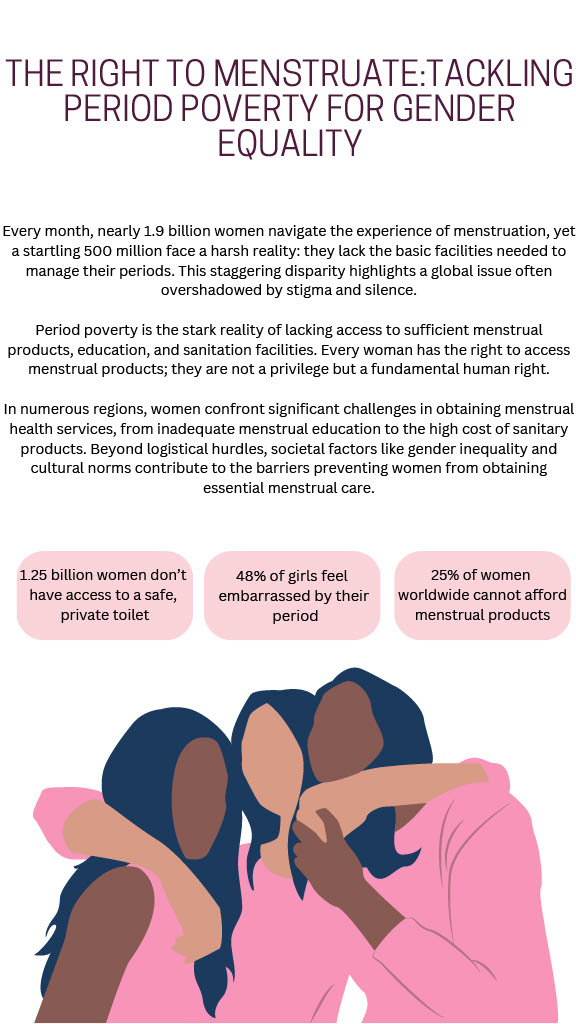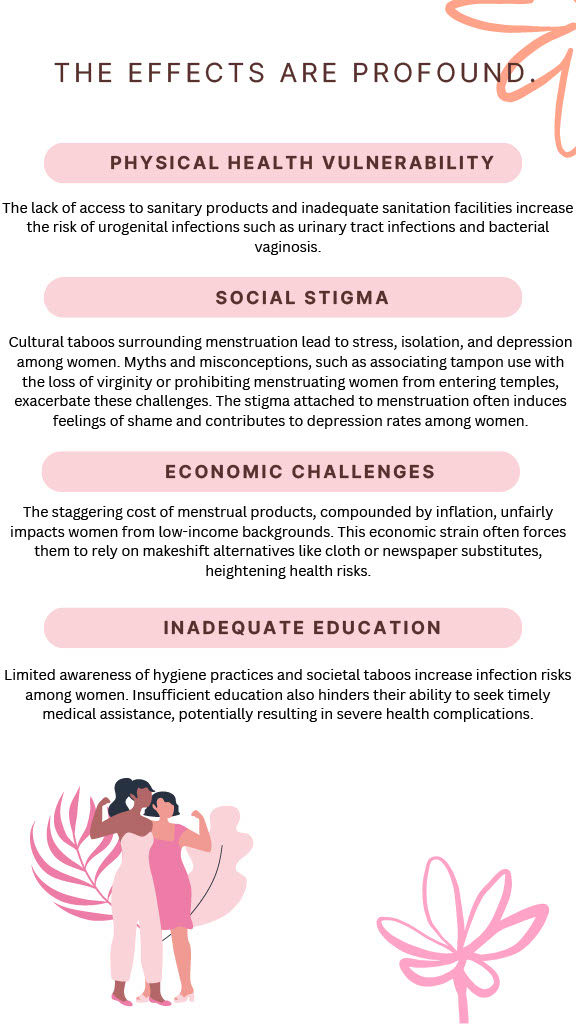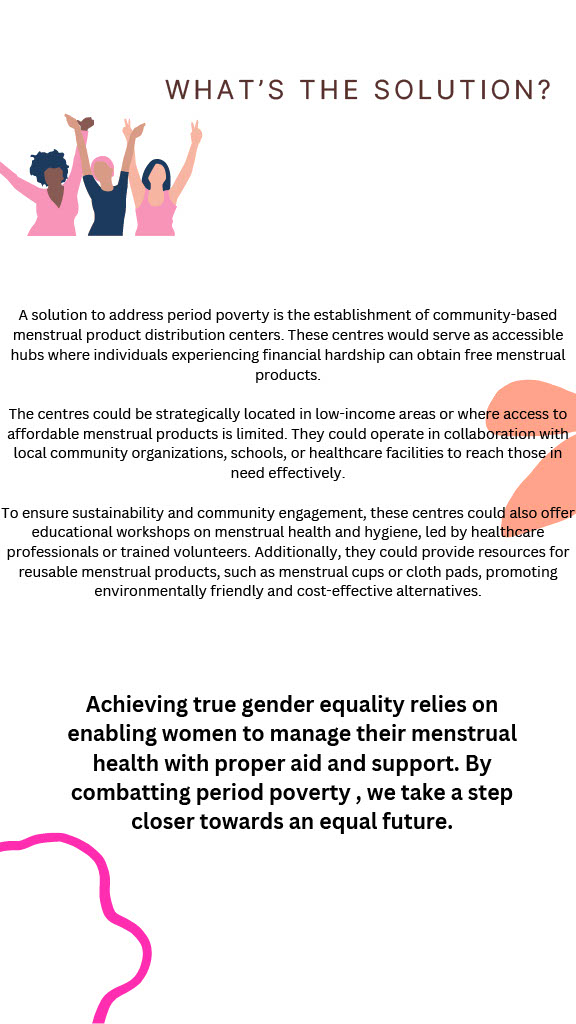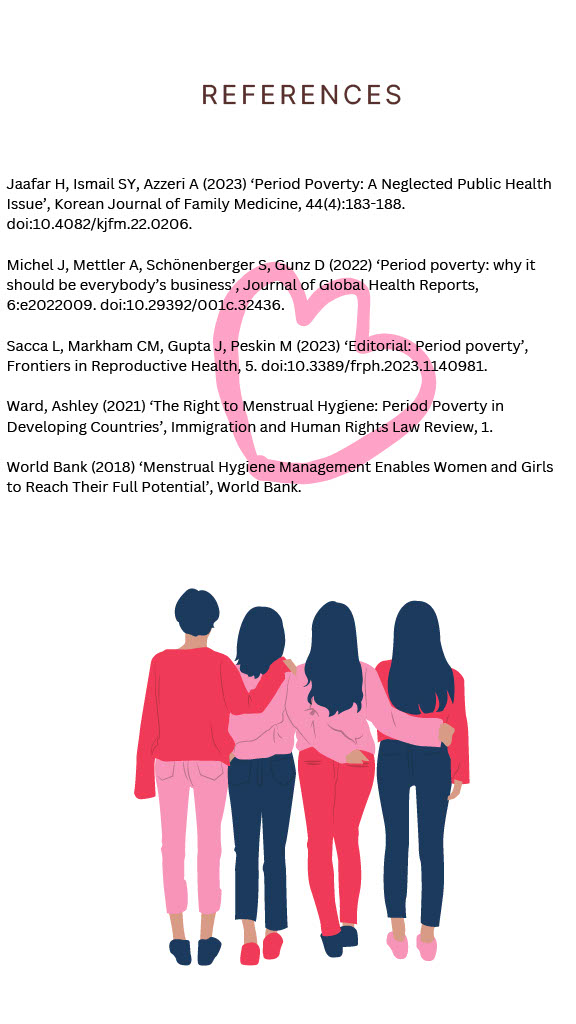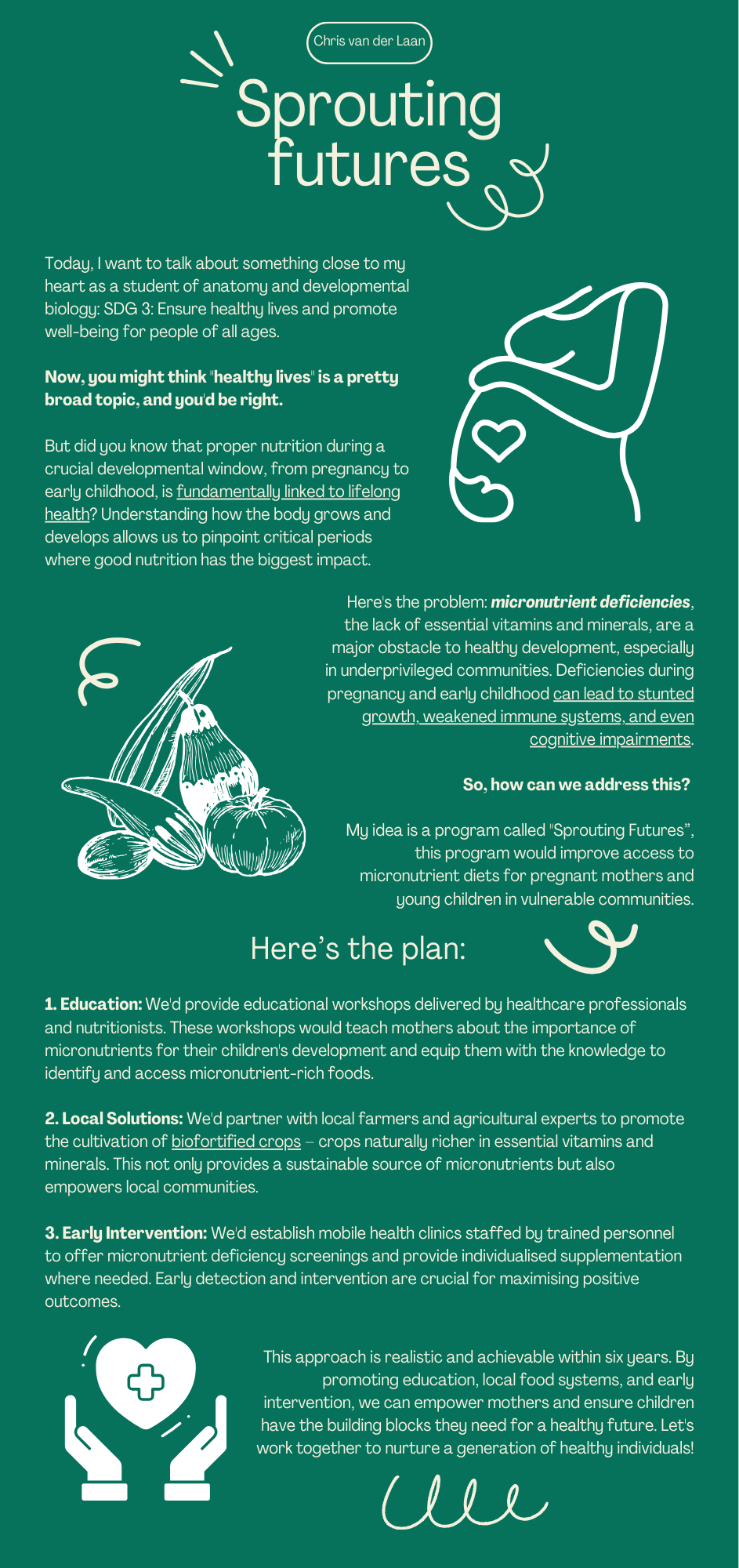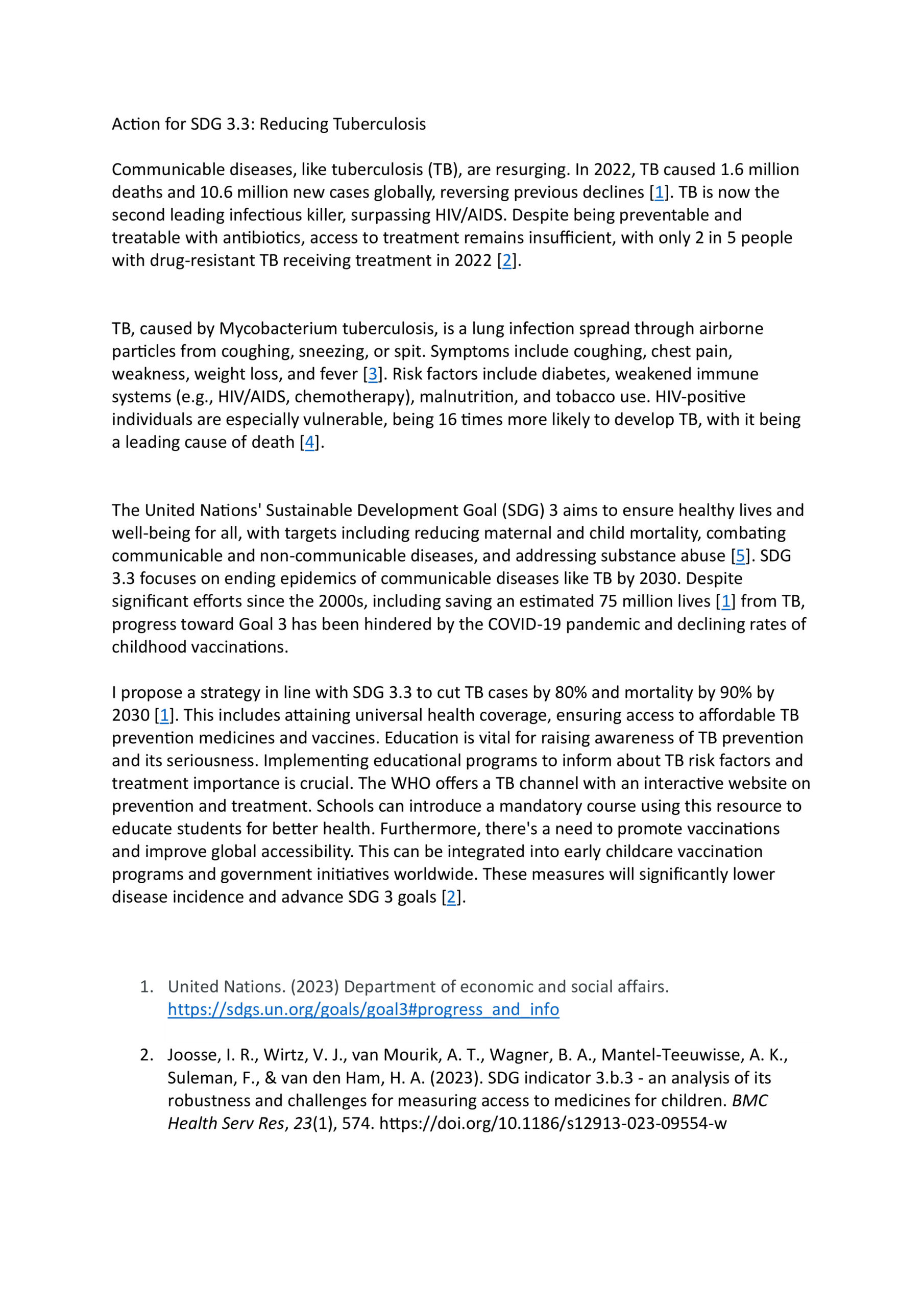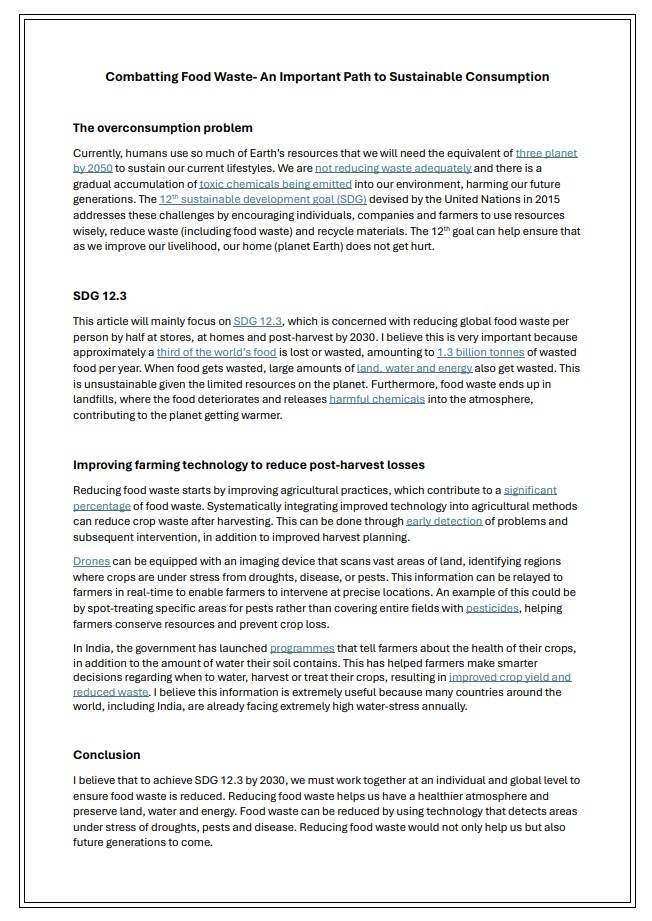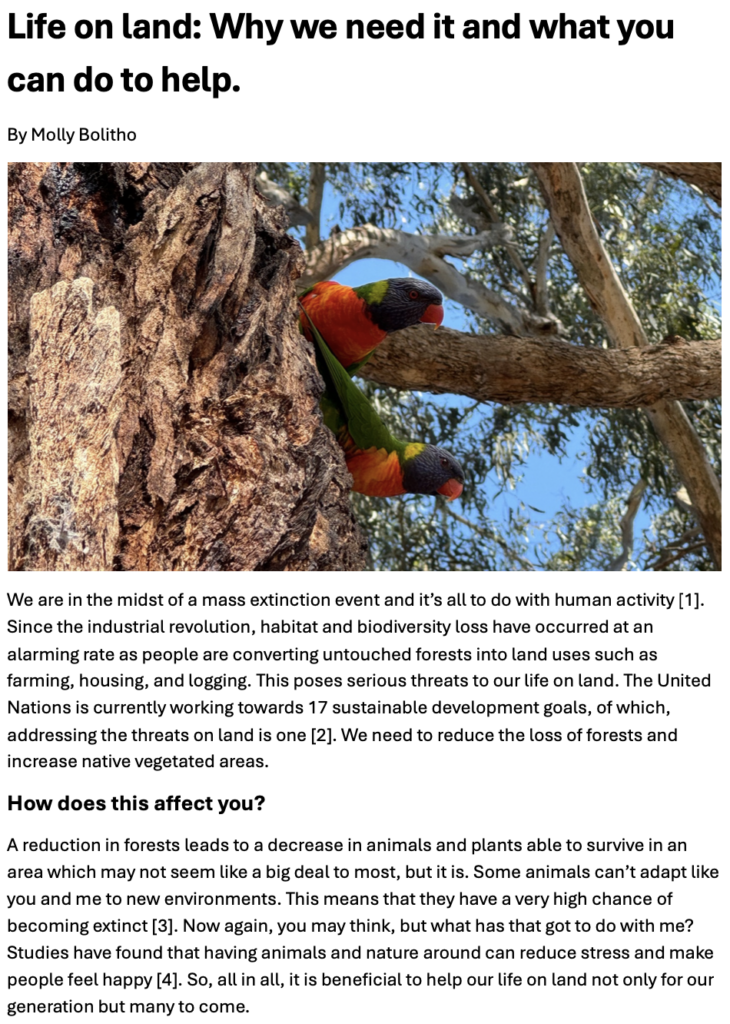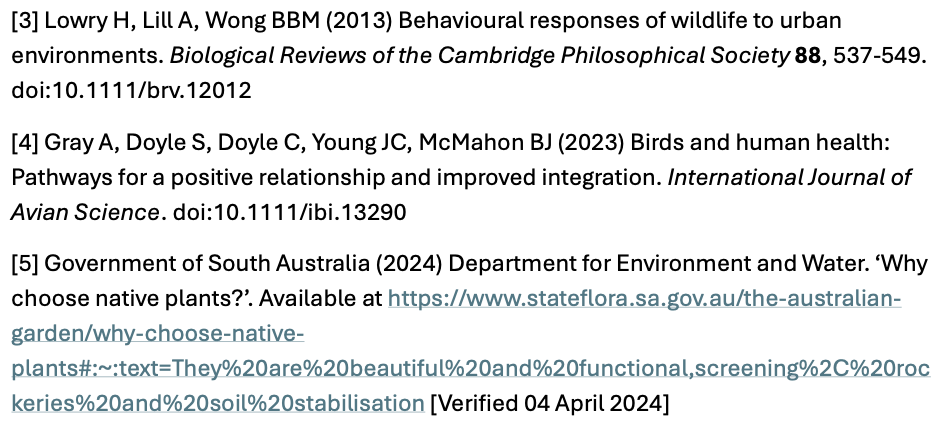The Role of Mining in Achieving Sustainable Development Goal 13
By Lucia Deutsch
In order to achieve Sustainable Development Goal (SGD) number 13, urgent climate action, we need more mining. I know it sounds controversial, but please, hear me out.
Unfortunately for us all, the materials necessary for green technology aren’t as readily available as we need them to be, and our capacity to recycle the materials that we have already excavated meets <1% of the requirements for the future (Haque et al., 2014). Currently, green energy sources require minerals that are still underground, for example, a wind farm needs nine times more minerals than a gas power plant (IEA, 2021) and that’s just the beginning.
To replace the current fleet of petrol-powered vehicles with electric vehicles globally, we would need over 10.5 million tonnes of lithium alone (Herrington, 2021). Most green technology requires Rare Earth Elements (REE) or Critical Minerals (CM) of some kind, whether that’s neodymium for its magnetic qualities, or copper for its conductivity, but we’re simply not producing enough to keep up with the current global demand (Haque et al., 2014). In the figure below, you can see a more comprehensive breakdown of what we need to mine by 2030 to meet this demand.
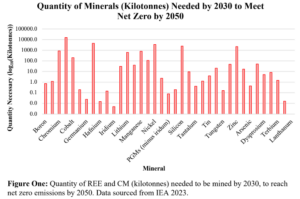
Mining REE and CM is an investment into achieving SDG 13, but to make this more green we need to change our mining practices, there are a few ways we need to change to make an impact:
- Better regulation and rehabilitation of mine sites to limit environmental damage.
- Only mining high grade ore, to limit waste product and reduce CO2 emissions.
- Using less invasive techniques, such as geophysics for detecting ore bodies and in-situ
mining to avoid open pits. - Capping coal mining and investing money generated in REE and CM mining.
Carbon dioxide is the most abundant greenhouse gas in the atmosphere, and the largest contributor to this is the burning of fossil fuels (Letcher, 2020). Therefore, to make significant action in next six years we must make a larger effort to use sustainable practices to mine a greater quantity of REE and CM, to meet the demand for green technologies.
References
- Haque, N., Hughes, A., Lim, S. and Vernon, C., 2014. Rare earth elements: Overview of
mining, mineralogy, uses, sustainability and environmental impact. Resources, 3(4), pp.614-
635. https://doi.org/10.3390/resources3040614 - Herrington, R., 2021. Mining our green future. Nature Reviews Materials, 6(6), pp.456-458. https://doi.org/10.1038/s41578-021-00325-9
- IEA (2021), The Role of Critical Minerals in Clean Energy Transitions, IEA, Paris https://www.iea.org/reports/the-role-of-critical-minerals-in-clean-energy-transitions, Licence: CC BY 4.0
- IEA (2023) Critical Mineral Demand [Data Set], IEA, accessed 24 March 2024. https://www.iea.org/data-and-statistics/data-product/critical-minerals-demand-dataset#license
- Letcher, T.M., 2020. Introduction with a focus on atmospheric carbon dioxide and climate change. In Future energy (pp. 3-17). Elsevier. https://doi.org/10.1016/B978-0-08-102886- 5.00001-3

